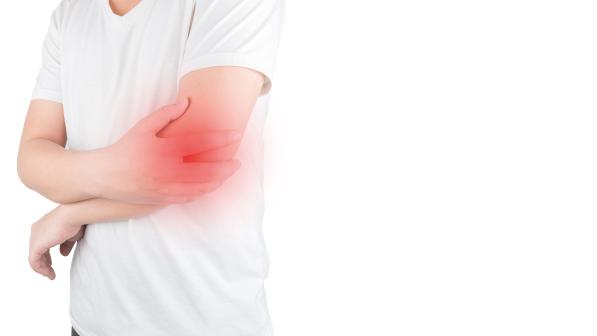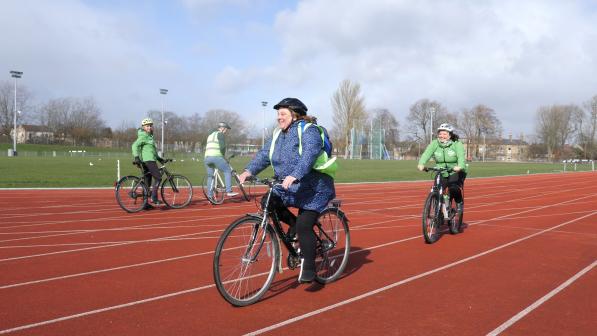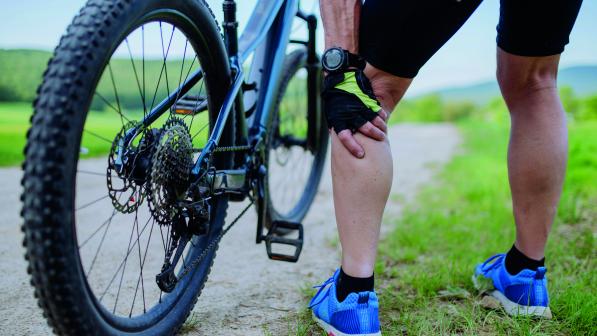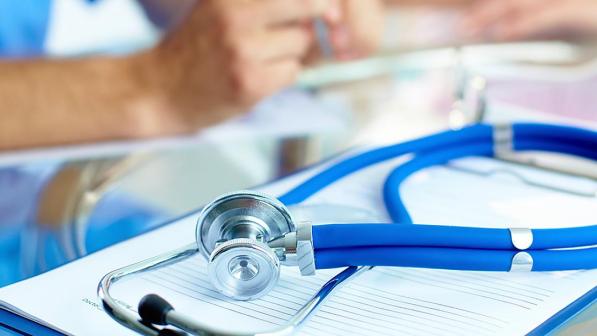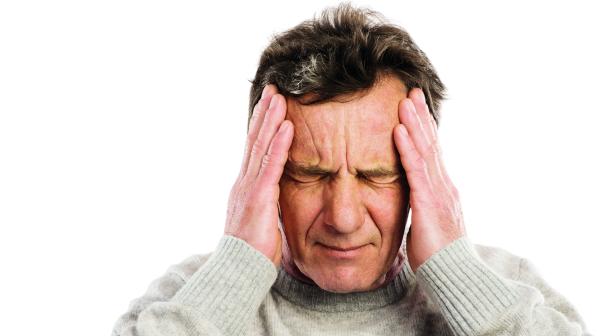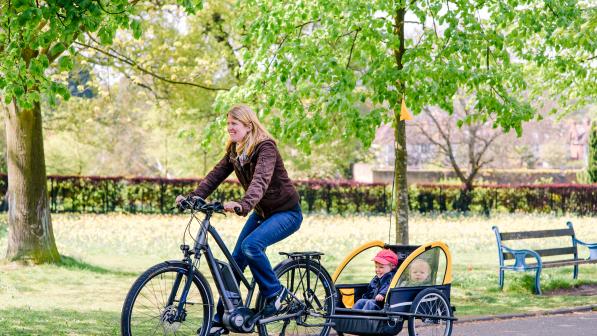Q&As: your health and cycling – cancer

Fitness after cancer
Q I am 72 and was a regular cyclist. Starting in January last year, I had chemotherapy followed by radiotherapy to combat prostate cancer. It seems to have worked: my PSA count was 70 and is now 0.01. While on chemo, I decided to get back into cycling. I was very weak and only managed a couple of miles.
I could not even get out of the saddle to ‘honk’ up a small slope. I finished my treatment in January this year and am trying again. Any advice?
Ray Stroud
A Chemotherapy uses drugs to kill cancerous cells while radiotherapy uses high-energy radiation beams to target the tumour. It is important to remember that cancer treatments, including chemotherapy and radiotherapy, also affect some normal cells. Consequently they often have considerable systemic side-effects, including fatigue.
Chemotherapy can also sometimes cause anaemia (it suppresses the production of red blood cells in the bone marrow) which in itself results in tiredness and weakness and would exacerbate the symptoms.
As well as the treatment you have had, the lack of exercise during your treatment period will have led to generalised loss of fitness and muscle strength. So it is not surprising that you are still feeling weak and tired a few months after finishing treatment. Everybody is different in their response to treatment and their recovery afterwards.
It is likely that you will be able to improve your fitness levels further over the coming months, even up to a year or more after finishing treatment. Strength and stamina need to be built up gradually. Initially, this may best be done through a combination of walking (or other gentle exercise), alongside shorter, less strenuous cycle rides.
Slowly increase the intensity of your activity. Don’t despair if it takes longer than you would like to regain fitness – it is important to allow your body time to recover.
It is encouraging that your PSA reading has fallen to 0.01 since a lower level is usually associated with a better prognosis.
Dr Matt Brooks
First published in the August/September 2014 issue of Cycle magazine.
Prostate cancer
Q I have prostate cancer and am monitored every six months by taking a PSA reading. It has varied from 6.2 to 8.1, except the last one when it shot up to 14.5. I am a cyclist, riding for three hours twice a week. Can this affect the PSA reading?
James Miller
A PSA (prostate-specific antigen) is a protein produced by the prostate gland in men, a small gland in the pelvis between the penis and bladder. A raised PSA level may indicate infection or inflammation of the prostate (prostatitis), or prostate cancer. PSA is often used to monitor prostate cancer.
It is thought that significant amounts of vigorous physical activity, including cycling, may cause a rise in PSA for up to 48 hours afterwards. The level can also be increased by sexual activity. It is therefore advisable that all of these should be avoided in the couple of days before a PSA blood test is taken. In addition, digital rectal examination (performed by doctors to examine the prostate gland) should not be carried out in the week before a PSA test.
If an unexpectedly high reading is identified, it usually makes sense to repeat the test. So in your case if you cycled in the 48 hours before the PSA test, then it is possible that cycling has affected the reading. This result should be confirmed by repeating the test.
The use of PSA as a diagnostic screening test for prostate cancer in people without any symptoms is controversial as the test cannot always reliably detect cases of prostate cancer. False positive and false negative results mean that some people without clinically significant prostate cancer will have a raised PSA requiring further investigation (for example, biopsies) and sometimes treatment.
These may be invasive and will cause harm in some people, for example through complications.
Meanwhile, others who have the condition will have a normal PSA and may be incorrectly reassured. Finally, in those found to have ‘early’ prostate cancer, we don’t always know which cancers need to be treated aggressively and which can be safely monitored.
Dr Matt Brooks
First published in the April/May 2015 issue of Cycle magazine.
Sun danger
Q We cyclists love to ride in shorts and short sleeves in summer. Like many long-distance touring cyclists, I have picked up the occasional basal cell carcinoma (BCC). Last autumn, I ended up having three ‘spots’ removed. One was an early stage-one melanoma. Over the years, I had used skin creams – clearly not enough.
Brian Morris
A Skin cancer is one of the most common types of cancer and includes melanoma and non-melanoma types, the latter incorporating squamous cell carcinoma (SCC) and basal cell carcinoma (BCC). Melanoma is the least common but most serious type as it is the most likely to spread to other parts of the body.
Melanomas are usually pigmented (black or brown) lesions which are often enlarging, asymmetrical and irregular. Common sites are on the back (particularly in men) and legs (especially in women).
BCCs are the most common skin cancers but are generally slow growing and rarely spread. They often present as a lump with a rolled edge and pearly appearance. SCCs may present as an ulcerated or hard lesion but clinical appearance is variable. Both are commonly found on sun-exposed parts of the body including the head and neck and the backs of the hands.
UV radiation is the single biggest risk factor for developing skin cancer. It is thought that the amount of sun exposure (particularly during childhood) and a higher frequency of previous episodes of sunburn increase the risk of developing skin cancer in adult life.
Cyclists need to take sensible precautions to limit UV sunlight radiation, especially in summer. These include limiting time spent in the most intense sun around the middle of the day, using a hat or helmet with a peak, and wearing UV-blocking cycle clothing.
Regular liberal application of a high factor sun cream and lip protection is important. Use one with high UVA and UVB protection and don’t forget to reapply since sweating can wash it off. Wear sunglasses and remember to protect any exposed areas of scalp. See your GP if you are concerned about new or changing lesions.
Dr Matt Brooks
